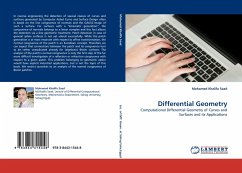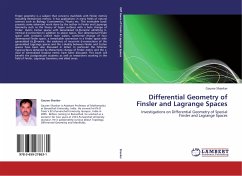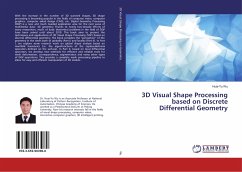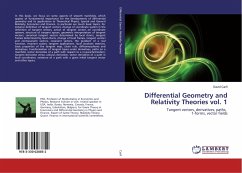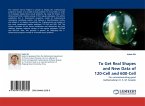In reverse engineering the detection of special classes of curves and surfaces generated by Computer Aided Curve and Surface Design often is based on the line congruence of normals and the GAUSS-image of such a surface. For surfaces with a kinematic generation , the congruence of normals belongs to a linear complex and this fact allows the detection via a line geometric treatment. Patch detection in case of general spline surfaces is not yet solved successfully. While the patch generation is at most invariant with respect to affine transformation, the normal congruence of the patch is an Euclidean concept. Therefore we can expect that connections between the patch and its congruence turn to be rather complicated already for (algebraic) Bézier surfaces. The analysis of the patch's normal congruence is only the first step of the far more difficult investigation of a reflection or refraction congruence with respect to a given patch. This problem belonging to geometric optics would have explicit industrial applications, but is not the topic of this book. We restrict ourselves to an analysis of the normal congruence of Bézier patches.
Bitte wählen Sie Ihr Anliegen aus.
Rechnungen
Retourenschein anfordern
Bestellstatus
Storno

